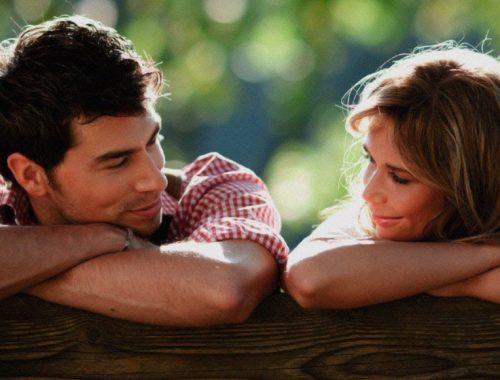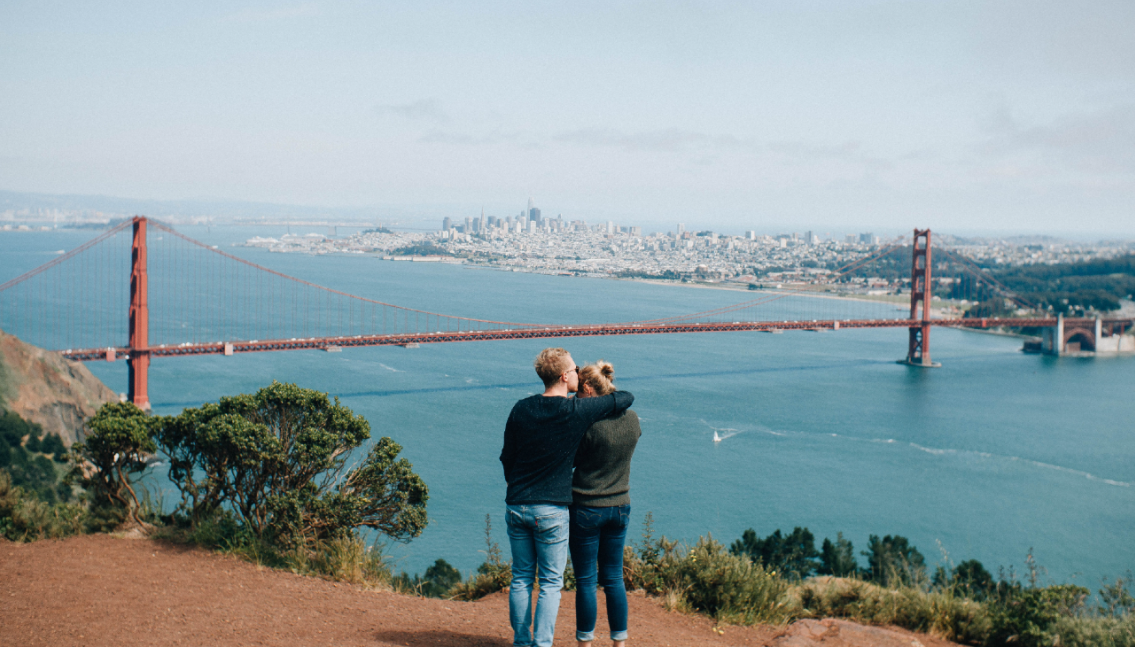
The Evolution of San Francisco’s Dating Culture
Among the many interesting aspects of San Francisco is its dating culture. While it is true that there are some similarities between the city’s dating culture and that of New York, there are also some notable differences, particularly in how women and men interact and communicate.
Rock ‘n’ roll
Whether you have read or heard about it, you may already know that San Francisco’s history has been shaped by rock and roll. In fact, some of the city’s most iconic music spots still stand today. From the Avalon Ballroom to the Fillmore Auditorium, there is no shortage of rock ‘n’ roll venues to choose from. Whether you want to take a self-guided tour of the most famous rock ‘n’ roll venues or check out some of the more obscure rock spots, there are many ways to experience the city’s rock history.
Rock and roll’s history is an odd one. It isn’t as linear or as easy to trace as other music genres. In the 1950s, it was a vibrant and diverse movement that encompassed a variety of music styles. There were jump bands, blues, folk, and even pop. However, rock and roll was more than just music. It was also an artistic movement that paved the way for free thought and expression in the 1960s.
The best way to explore the history of rock and roll is to watch a rock ‘n’ roll documentary. A number of these documentaries have been produced, but the one I recommend is the Rock and Roll Documentary. It is an impressive piece of work. Not only does the documentary capture rock and roll’s most significant moments, it also gives you the history of the genre. Specifically, it gives you a taste of the post-Buddy Holly/pre-Monterey pop era, the folk movement, the surf movement, and the soul movement.
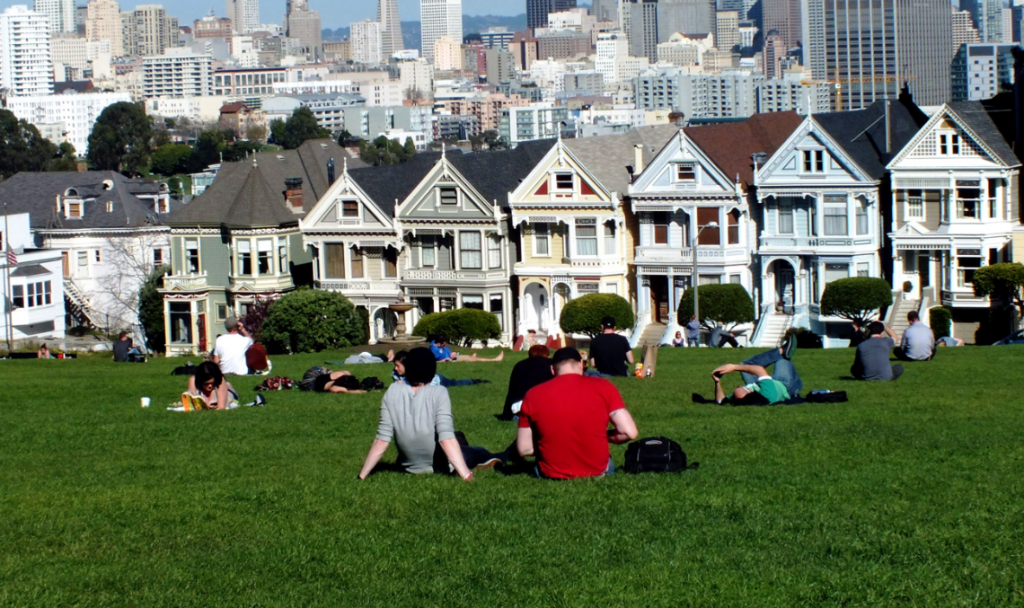
Lesbian bar Peg’s Place
Located in the Castro district, Peg’s Place is a lesbian bar with a little bit of everything. From the pool table to the shuffleboard, it’s a fun place to spend a night out. It’s also been home to the Chinese restaurant Dong Bei Mama. Despite the fact that it’s in the heart of the LGBTQ neighborhood, the owners aren’t shy about letting the community know that their establishment is still around.
One of the more interesting aspects of the place is that it spawned an entire subculture of its own. In the 1950s, lesbian bars became a separate entity from the gay bars that catered to single men. There were several notable lesbian establishments of the era. Some of them are still around and some of them are now repurposed into the likes of a karaoke bar or a Chinese restaurant.
The place has had a bit of a rough go over the years, but the owners are not shy about letting the community know that their business is still around. The place has a lot of history and the owners are certainly proud of it.
City Lights Bookstore
Located on Columbus Avenue in San Francisco, the City Lights Bookstore is a historic landmark. It was the first all-paperback bookstore in the U.S. and it was at the center of the 1960s counterculture movement.
A few years after its founding, City Lights began publishing books from writers from all over the world. The company has been credited with having published authors from every age and cultural background. The titles include literary fiction, poetry, and poetry translations. The shop has also published books about progressive politics.
The bookstore’s mission is to present ideas that will develop a critical mind. This is a philosophy similar to that of other independent bookstores. But it’s also a philosophy that’s unique to City Lights. It’s based on the idea of aesthetic politics. In other words, City Lights wants to present ideas that will make you question what’s lost as technology and political ideology fade.
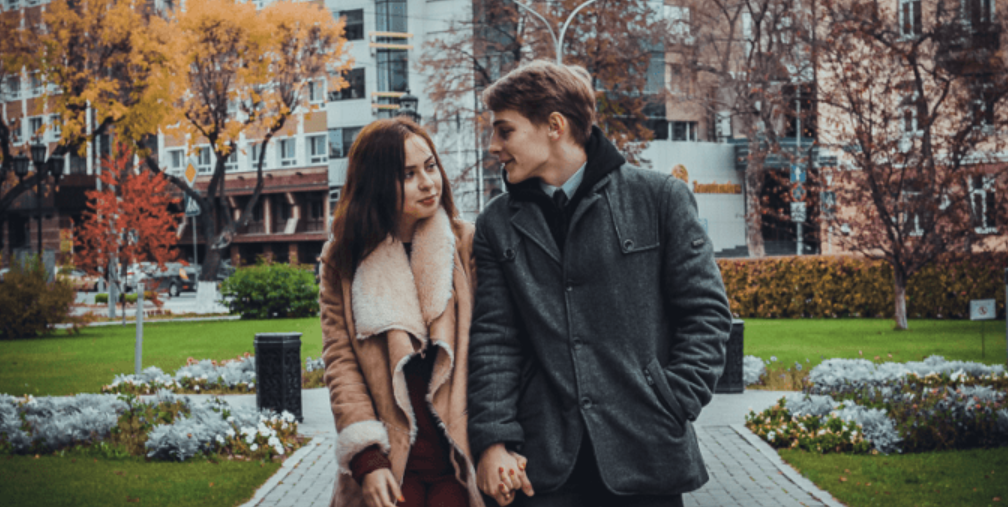
The bookstore is open 24 hours a day. It also has a room dedicated to European fiction. A room devoted to Asian literature is also found at City Lights.
Summer of Love
During the summer of 1967, an ambitious attempt at a cultural revolution took place. A group of young people flooded the Haight-Ashbury neighborhood in San Francisco. They embraced the carefree lifestyle of the counterculture, rejecting social norms. In doing so, they created a culture that eventually spread throughout America. The Summer of Love became a cultural moment of history, inspiring a new generation of artists who sought to rebel against mainstream society.
Summer of Love brought hippie culture to the mainstream. Artists of the Beat generation found kindred spirits in the burgeoning hippie movement of the mid-1960s. During the Summer of Love, the San Francisco Sound emerged, featuring explosive live performances. Jefferson Airplane and the Quicksilver Messenger Service rocked the airwaves with a new kind of rock music, one that was psychedelic and lyrical.
During the Summer of Love, the Mime Troupe splintered into a rogue group, the Diggers. The Diggers envisioned a utopian community where people would care for each other. Their idealistic communism drew opposition from the politicos of the new left in Berkeley.
The Council for the Summer of Love was created to serve as a clearinghouse for the Haight-Ashbury events. It was difficult to plan events in the wake of the hype surrounding the Summer of Love.
Foodie culture
During the early twentieth century, oysters were a staple food in San Francisco. The city has a long culinary history, beginning with early California cuisine and extending to the present day. It is no surprise that San Francisco’s food culture has been the subject of much attention.
A foodie is an enthusiast who is passionate about food. They are often the first to spearhead new trends in the culinary world. They also encourage fast food chains to use fresher ingredients and support local farmers’ markets. These activities bring people together. But it can be a challenge to navigate the complexities of food culture during a pandemic.
The foodie movement was born in the kitchen of James Beard, who was named the “Dean of American Cookery” by the New York Times in 1954. He lived in a townhouse on 12th Street in Greenwich Village and taught cooking in New Yorkers’ kitchens.
During the mid to late nineties, the foodie movement went mainstream with the emergence of magazines and television shows like Food Network and Cooking Channel. These were the beginnings of the foodie phenomenon, a movement fueled by affluent bon vivants. The foodie revolution changed the way Americans thought about food.
Dating Culture
You May Also Like
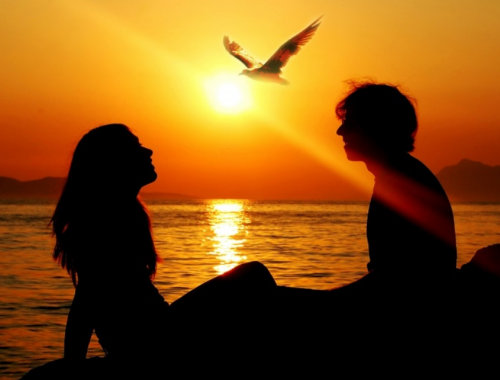
Low-Key First Date Ideas
August 7, 2023
How To Know The Way A Woman Really Thinks And Feels About You
July 1, 2022